The Bamo Buddha School is located on the hospital road of Bamo City, Kachin State, Myanmar. In 1945, General Sun Liren, the Chinese Expeditionary Force, established this school.
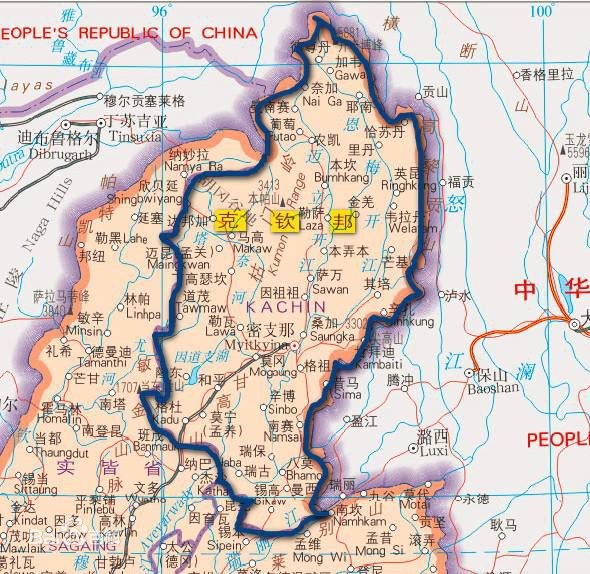
The board of directors of the Bamo Buddhist School held a general election in 2012. The new members of the board are mostly young business elites. Some of them have been doing business abroad for many years, and they are very familiar with the growing strength of China and the prospect of Chinese education. Since the establishment of the Bamo Buddhist School, the traditional teaching methods have been adopted in many ways, which cannot meet the current social needs. The school board is determined to learn the advanced experience of Fuqing Confucius Classroom, Yunnan University. They actively communicate with Fuqing Confucius Classroom. In the end, the board of directors of the Bamo Buddhist School reached an agreement and decided to accept the support of the Fuqing Confucius Classroom. In 2013, the Bamo Buddhist School was selected by the Overseas Chinese Affairs Office as the third batch of overseas "Chinese Education Demonstration" schools. On April 26, 2015, the leaders of the Mandalay Consulate General and Fuqing Confucius Classroom leaders visited Bamo and officially unveiled ceremony.
The school's current teaching classes are mainly from the preschool class (the existing small class, middle class, large class 3 classes) to the junior high school, a total of 12 teaching classes. The first semester of the new school year starts in March every year. Due to the holiday of the Burmese school, the number of students will be more, about 400. The first semester in June was affected by the opening of the Burmese language school. Many students gave up learning Chinese, and the number dropped to about 300. The number of people in the second semester is roughly the same. The class time is divided into three stages in a school year. The first two stages are the first semester and the third stage is the next semester. The first stage is from March to the end of May each year. During this period, the Burmese school is on holiday, so the school offers a relatively large amount of courses. There are 6 lessons in total a day. Classes are held from Monday to Saturday and closed on Sunday. (See Table 1-1 for details)
|
month |
A.M. |
P.M. |
|
3-5 first |
6:10-6:50 |
1:00-1:40 |
|
3-5 second |
7:10-7:55 |
1:50-2:35 |
|
3-5 third |
8:05-8:50 |
2:45-3:30 |
The second stage is from June to the end of July. At this stage, the Burmese school starts. The school begins to reduce the class hours, four classes per day (three classes on Saturday morning). (See Table 1-1 for details)
|
month |
A.M. |
P.M. |
|
6-7 first |
6:10-6:50 |
4:00-4:40 |
|
6-7 second |
7:10-7:55 |
4:50-5:30 |
The third stage is from September to January of the following year, and this stage is the next semester. The schedule for this semester is roughly the same as that of June-July, except that some fine-tuning will be made according to the weather around December. All classes will be postponed by 15 minutes in the morning and will not change in the afternoon.
In addition to regular teaching classes, the school also offers elementary conversation classes for the public. Class hours are usually in the evening. (See Table 1-2 for details)
|
month |
Evening |
|
6-7 first |
5:30-6:15 |
|
6-7 first |
6:15-7:00 |
|
9-12 first |
5:30-6:15 |
|
9-12 second |
6:15-7:00 |
There are two types of sources for Chinese teachers at the Bamo Buddhist School: the first type is local teachers from Kamo State, Myanmar, and most of them choose to stay and teach directly after graduating from junior high school; the second type is from China sent by Fuqing Confucius Classroom Volunteer Chinese teachers and public teachers.
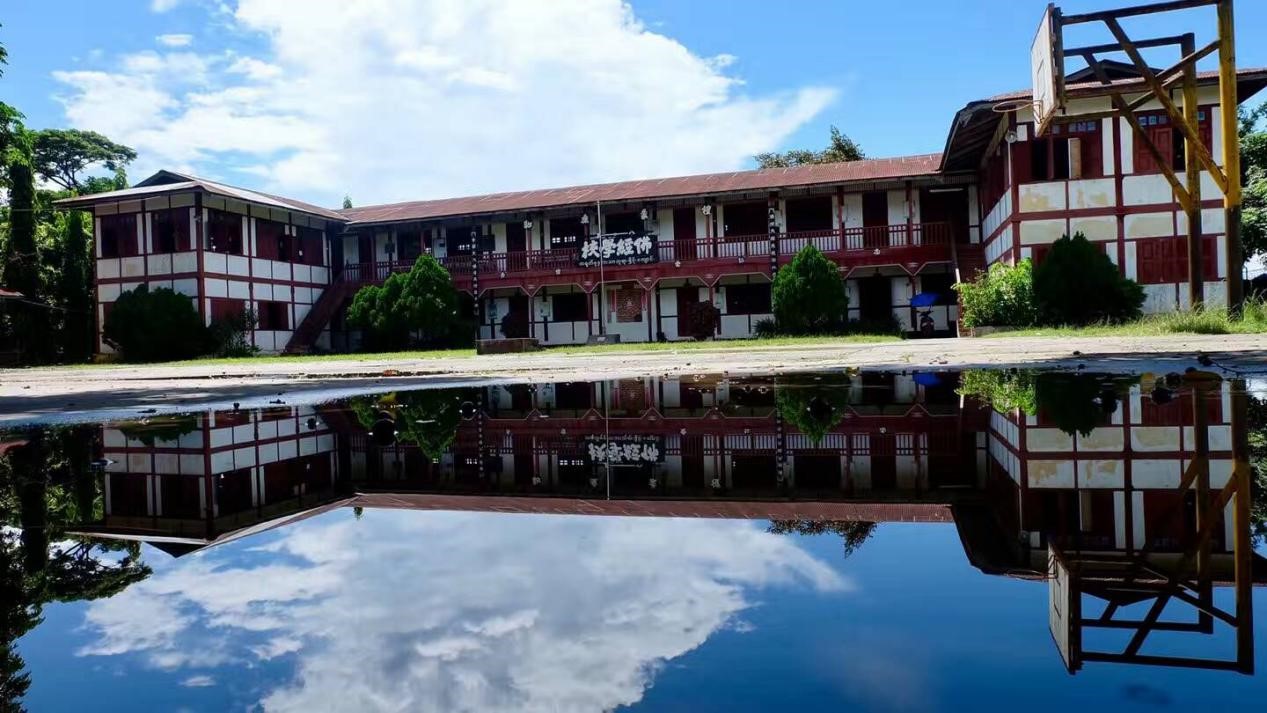
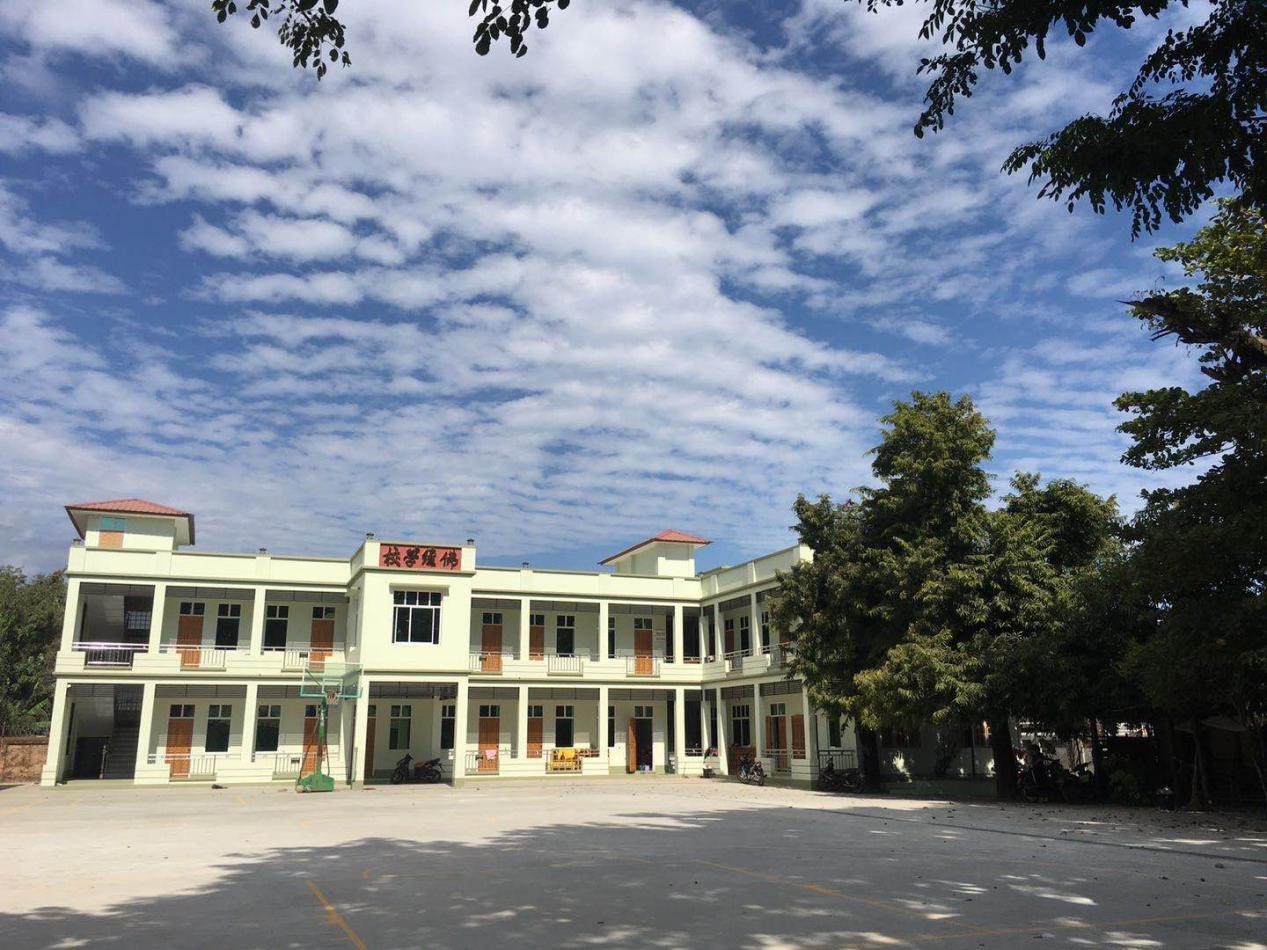
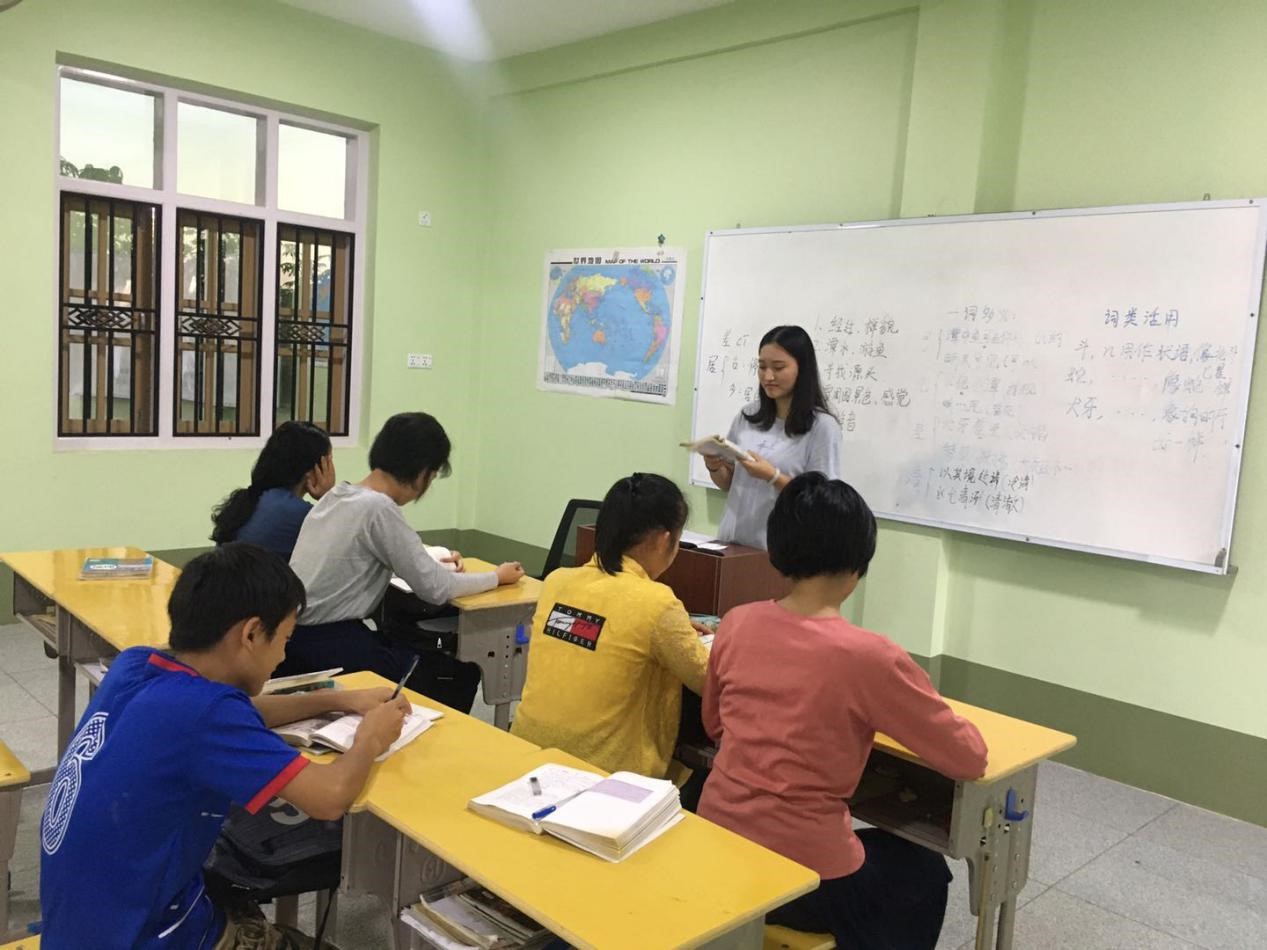
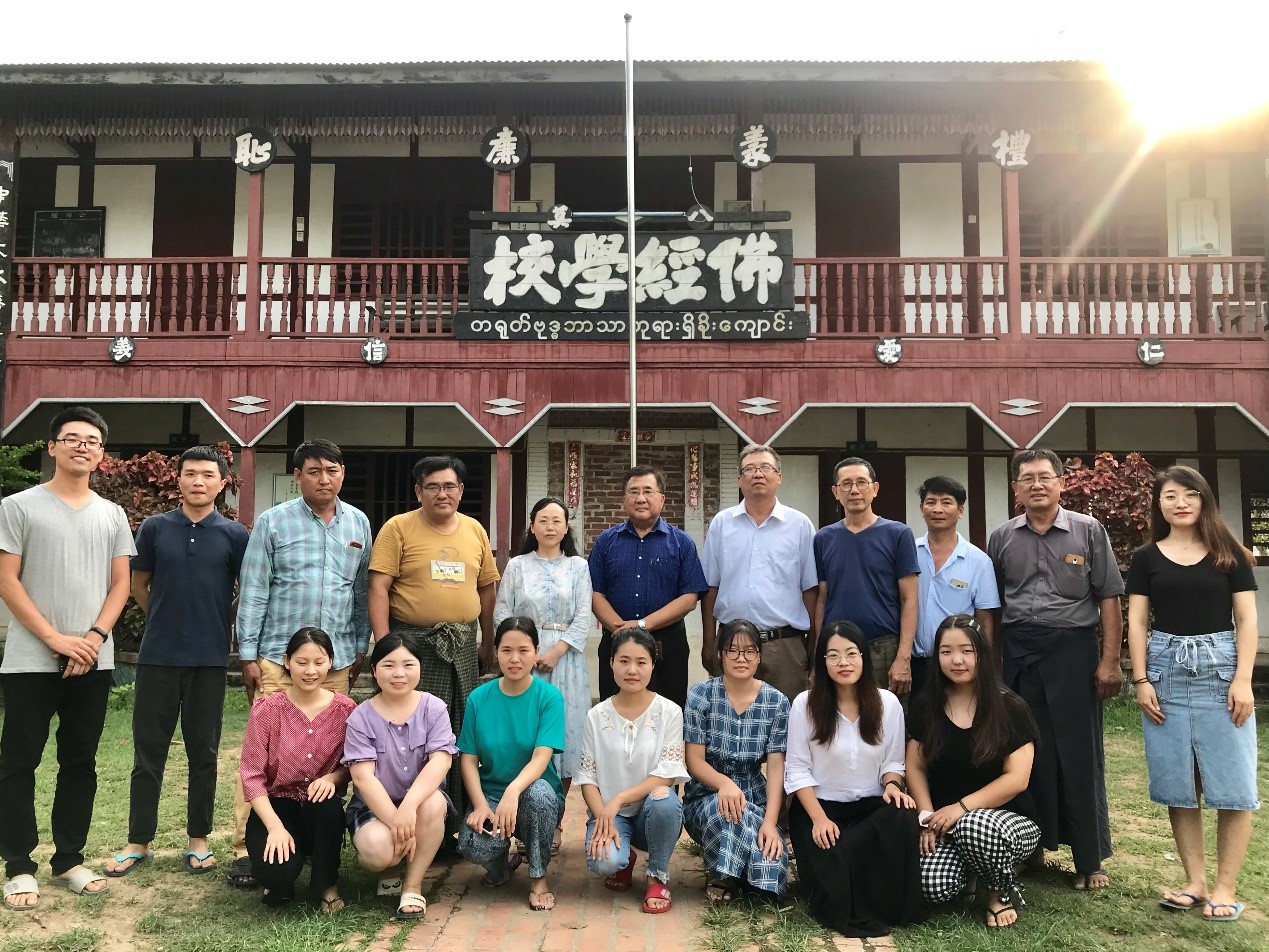
- 992 reads
- 简体中文
